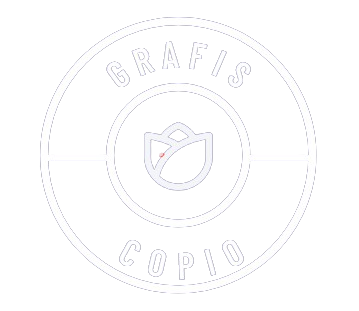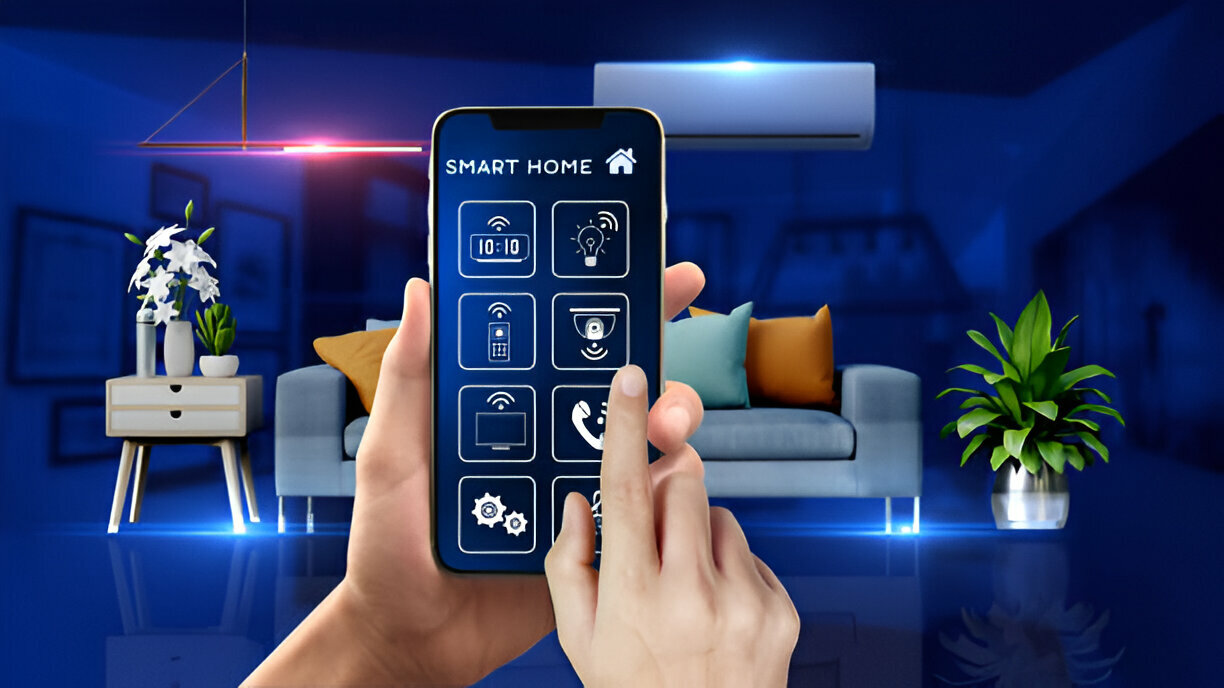Starting a freelance graphic design business is your ticket to freedom and success. In this article, we’ll show you how to develop your skills, build an impressive portfolio, and set up your own thriving business. With our expert tips, you’ll learn how to find and attract clients, manage your finances, and take your freelance business to new heights. Get ready to turn your passion into profit!
Developing Your Graphic Design Skills
To become a successful freelance graphic designer, you need to continuously work on developing and honing your graphic design skills. Designing logos and creating marketing materials are essential aspects of this profession, and mastering these skills will greatly enhance your chances of success.
When it comes to designing logos, it’s crucial to understand the principles of effective logo design. You should learn about color theory, typography, and composition to create visually appealing and memorable logos that accurately represent a brand. Additionally, staying updated with the latest design trends and techniques will help you produce modern and innovative logos that resonate with clients and their target audience.
Creating marketing materials requires a combination of creativity and strategic thinking. You should be able to translate a brand’s message and values into visually compelling designs. This may involve designing brochures, flyers, social media graphics, or even website layouts. It’s important to understand the target audience and tailor your designs accordingly, ensuring that they effectively communicate the desired message and generate positive responses from viewers.
To continuously improve your graphic design skills, engage in regular practice and experimentation. Take on personal projects or participate in design contests to challenge yourself and explore new techniques. Seek feedback from fellow designers or mentors to gain different perspectives and identify areas for improvement. By dedicating time and effort to developing your skills, you’ll be well on your way to becoming a successful freelance graphic designer.
Building a Standout Portfolio
To build a standout portfolio, showcase your best work that demonstrates your mastery of logo design, marketing materials, and other graphic design skills. Your portfolio is your opportunity to showcase your creativity and expertise to potential clients. It should reflect your unique style and design sensibilities while also highlighting your ability to meet client needs and objectives.
One effective way to showcase your creative process is by including case studies in your portfolio. This allows potential clients to see how you approach a project from start to finish, including your brainstorming, sketching, and iteration processes. By showing your creative process, you demonstrate your ability to think critically and solve design challenges.
Another important aspect of building a standout portfolio is incorporating client feedback effectively. This shows that you are able to listen to and understand client needs, and can translate their feedback into effective design solutions. It’s important to include examples of how you have incorporated client feedback and made revisions to your work. This demonstrates your flexibility and ability to collaborate with clients to achieve their desired outcomes.
To help you structure your portfolio effectively, consider using a table to showcase your work. Here’s an example:
| Project Name | Description | Skills Demonstrated |
|---|---|---|
| Logo Design | Created a unique and | Logo design, |
| memorable logo for a | branding, | |
| startup company | typography | |
| ——————- | ———————– | ——————— |
| Marketing | Designed a series of | Print design, |
| Materials | brochures and flyers | layout, |
| for a local business | typography | |
| ——————- | ———————– | ——————— |
| Website Redesign | Redesigned a | Web design, |
| company’s website to | user experience, | |
| improve user | responsive design | |
| experience |
Setting up Your Freelance Graphic Design Business
Now that you have built a standout portfolio showcasing your creative process and ability to incorporate client feedback effectively, it’s time to dive into setting up your freelance graphic design business. Here are three crucial steps to help you get started:
- Finding your niche in freelance graphic design: Take some time to identify your strengths and interests within the field. Do you excel in brand identity design, web design, or illustration? By specializing in a particular area, you can establish yourself as an expert and attract clients who are looking for your specific skill set.
- Setting competitive pricing for your freelance services: Research the current market rates for graphic design services in your area. Consider factors such as your experience, the complexity of the project, and the client’s budget when determining your pricing. While it’s important to set rates that are competitive, make sure they also reflect the value you provide to your clients.
- Creating a professional website and online presence: In today’s digital age, having a strong online presence is crucial for attracting clients. Create a professional website to showcase your portfolio, provide information about your services, and make it easy for potential clients to contact you. Additionally, consider utilizing social media platforms to promote your work and engage with your target audience.
Finding and Attracting Clients
Once you have established your freelance graphic design business, it is important to focus on finding and attracting clients. One of the most effective networking strategies is to attend industry events and conferences. These events provide an opportunity to meet potential clients face-to-face, showcase your portfolio, and make meaningful connections. Additionally, joining professional organizations and online communities can help you expand your network and gain visibility within the industry.
Another powerful tool for client acquisition is leveraging social media platforms. Create a strong online presence by regularly posting your work, sharing industry insights, and engaging with your target audience. Platforms like Instagram, LinkedIn, and Behance are particularly effective for showcasing your design skills and attracting potential clients.
In order to attract clients, it is essential to have a well-designed website that showcases your portfolio, services, and contact information. Your website should be visually appealing, easy to navigate, and optimized for search engines. This will help potential clients find you when they are searching for graphic designers online.
Lastly, don’t underestimate the power of word-of-mouth referrals. Deliver exceptional work and provide excellent customer service to your existing clients, and they will be more likely to recommend you to others.
Managing Your Finances as a Freelancer
As a freelance graphic designer, effectively managing your finances is crucial for the success of your business. Here are three key tips to help you stay on top of your budgeting and maximize your tax deductions:
- Create a detailed budget: Start by tracking your income and expenses. This will give you a clear picture of your cash flow and help you identify areas where you can cut costs or increase revenue. Set aside money for taxes, business expenses, and personal expenses to ensure you’re not overspending or neglecting important financial obligations.
- Keep track of your tax deductions: As a freelancer, you may be eligible for various tax deductions, such as home office expenses, software subscriptions, and professional development courses. Keep a record of these expenses throughout the year so you can maximize your deductions come tax time. Consider consulting with a tax professional to ensure you’re taking advantage of all available deductions.
- Separate your personal and business finances: It’s essential to have separate bank accounts for your personal and business finances. This will make it easier to track your business expenses, simplify tax preparation, and ensure you’re not mixing personal and business funds. Use accounting software or apps to automate your bookkeeping and make it easier to stay organized.
Growing and Expanding Your Freelance Business
To expand your freelance graphic design business, focus on building a strong client base. This means actively seeking out new clients and maintaining good relationships with existing ones. One way to do this is by scaling your operations. As your business grows, you may find it difficult to handle all the design projects on your own. This is where outsourcing comes in. Consider hiring other freelance designers or collaborating with design agencies to help you handle the workload. By outsourcing projects, you can take on more clients and expand your business without sacrificing the quality of your work.
When outsourcing, be sure to carefully vet potential collaborators and clearly communicate your expectations and deadlines. It’s important to find designers who are skilled, reliable, and have a similar design aesthetic as yours. Maintaining a consistent quality of work is crucial for building a strong reputation and retaining clients.
In addition to outsourcing, consider investing in tools and software that can help streamline your design process. This will allow you to work more efficiently and take on more projects. Remember, the key to growing and expanding your freelance graphic design business is to continuously seek new clients, outsource when necessary, and optimize your workflow through the use of technology.



